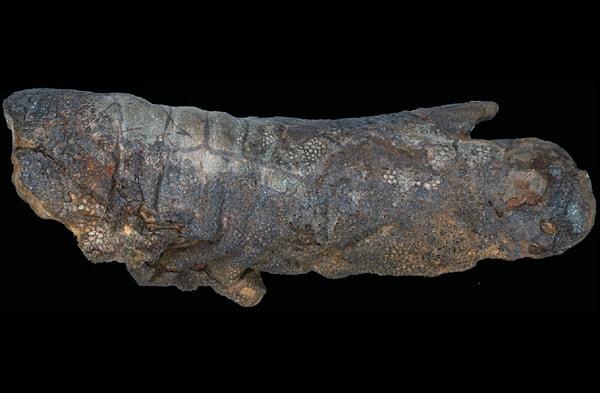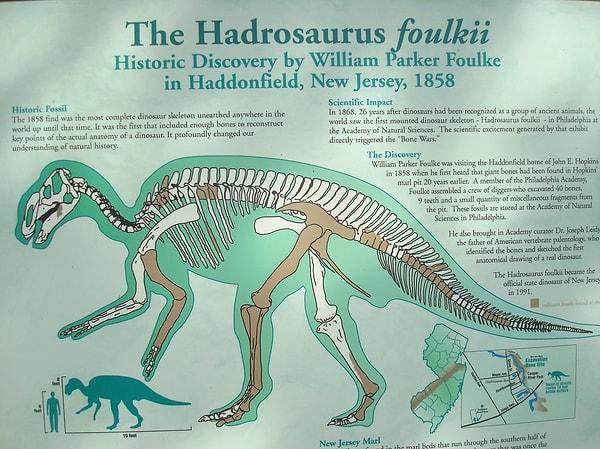Dinosaur ‘Mummies’ Are Real And They Aren’t That Strange
Paleontologists have been digging up dinosaur fossils such as bones and teeth for many years, but there hasn't been any evidence of skin or muscle, or has there?

According to the most recent research findings, paleontologists have found a simple process that could potentially preserve the skin and tissue samples of dinosaurs that lived millions of years ago during the Mesozoic Era. According to the researchers, the ease of this process suggests that the embalmed dinosaur samples are more common than previously thought.
Dakota, named after the North Dakota site where the fossil was discovered, is an Edmontosaurus with vast stretches of mummified and ostensibly punctured skin on the legs and tail. Fang marks were also discovered on the dinosaur's skin. These are the very first case studies of non-healing carnivore injury on dinosaur skin fossils, and they also show that the dinosaur's carcass wasn't really shielded from predators, despite the fact that it turned into a mummy.
According to a press release, Clint Boyd, a study author and paleontologist at the North Dakota Geological Survey, says that, 'Dakota taught us that durable soft tissues like skin can be preserved on partially scavenged carcasses.' 'These soft tissues can also provide a unique source of information about the other animals that interacted with a carcass after death.'
Fossils are remnants or remains of ancient living organisms such as animals and plants that were preserved or molded inside minerals such as amber or the regular rock. For example, a huge fly that is found encased in solid amber is deemed as an amber fossil, since the organism is embedded inside of the mineral.
In 1838, a man identified as John Hopkins was excavating for marl in a marl pit in Haddonfield, New Jersey, when he happened to come across a large pile of dinosaur bones. This discovery piqued the interest of a certain visitor named William Foulke, who volunteered to unearth the entire skeleton in 1858.
After unearthing the whole skeleton, Foulke called paleontologist Joseph Leidy, and they both surgically removed the teeth and chunks of bones from the skeleton. Fragments of teeth and bones were picked off from the skeleton such as eight teeth coming from the dental and maxillary region, vertebra, and other bones coming from the lower leg area of the skeleton.

In the same year, Foulke and Leidy collaborated together again to analyze the fossils carefully. Leidy officially defined and has decided to name the dinosaur 'Hadrosaurus foulkii' after his associate William Foulke.
More and more fossils have been discovered over time, with the majority of them dating back to the Mesozoic Era and the Ice Age. A preserved wooly mammoth was also discovered earlier this year in Canada, and we can be certain that more of these ancient fossils will be discovered.
Keşfet ile ziyaret ettiğin tüm kategorileri tek akışta gör!


Send Comment